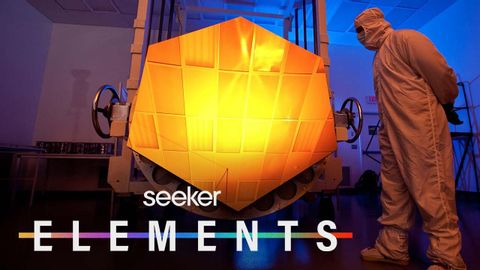
Subtitles & vocabulary
Why James Webb’s Infrared Vision is a Gamechanger
00
Summer posted on 2021/10/13Save
Video vocabulary
constant
US /ˈkɑnstənt/
・
UK /'kɒnstənt/
- Adjective
- Happening frequently or without pause
- Remaining the same over time or not changing.
- Noun
- Thing that happens always or at a regular rate
- A physical quantity that is believed to have a fixed value and is used in calculations.
A2TOEIC
More physical
US /ˈfɪzɪkəl/
・
UK /ˈfɪzɪkl/
- Countable Noun
- Health check at the doctors' or hospital
- Adjective
- Concerning the body of a person
- Concerning things that can be seen or touched
A2
More spectrum
US /ˈspɛktrəm/
・
UK /'spektrəm/
- Noun
- The wavelengths of colors from red to violet
- a range of different positions, opinions, etc. between two extreme points
B1
More Use Energy
Unlock All Vocabulary
Unlock pronunciation, explanations, and filters
